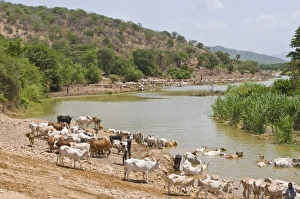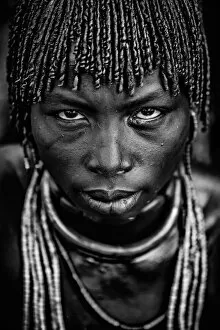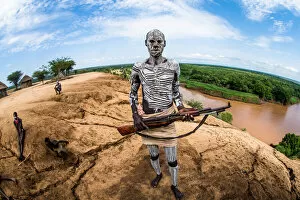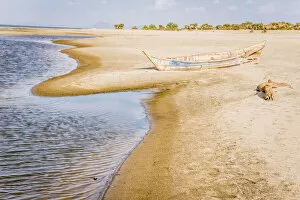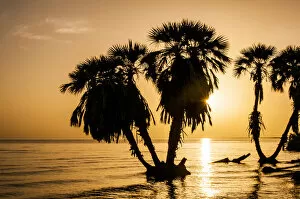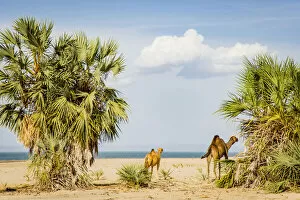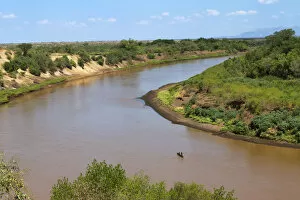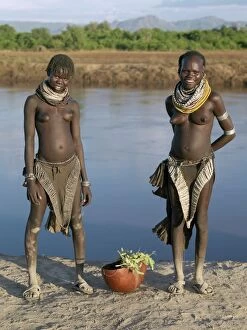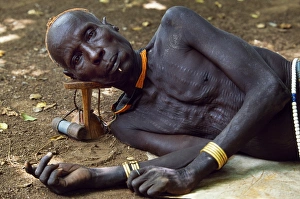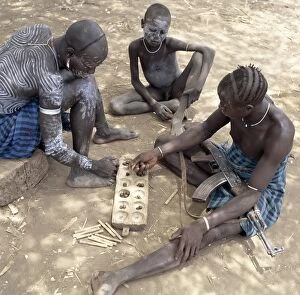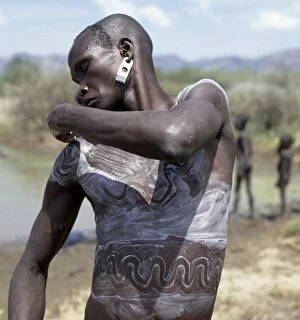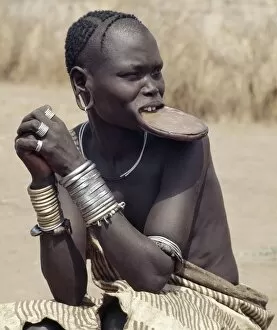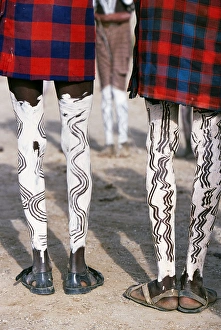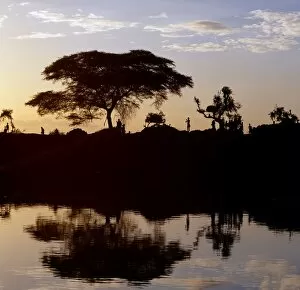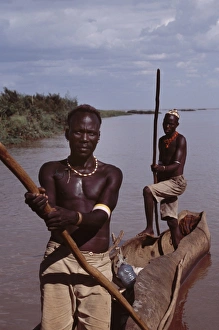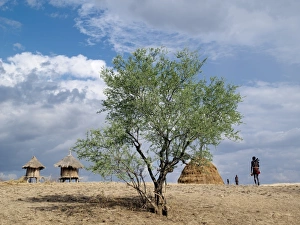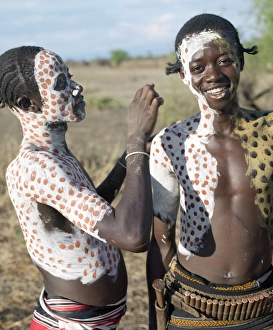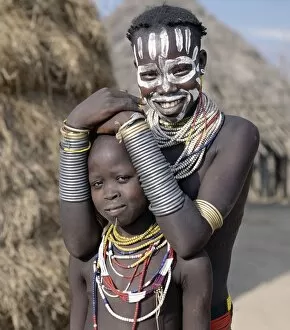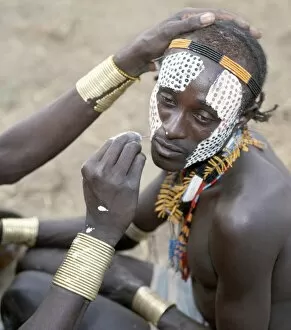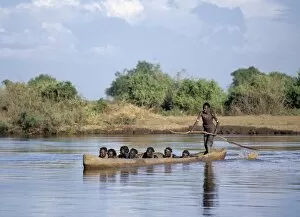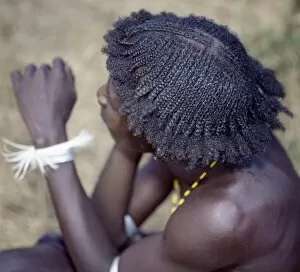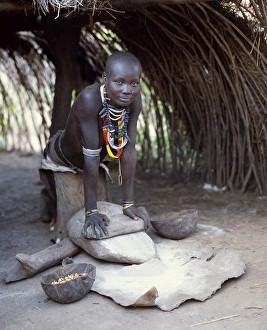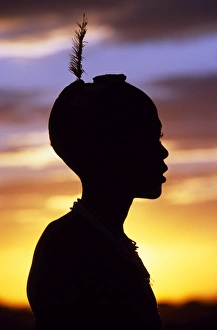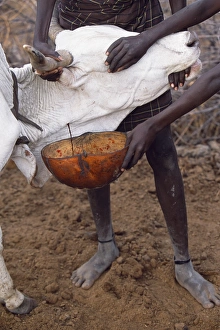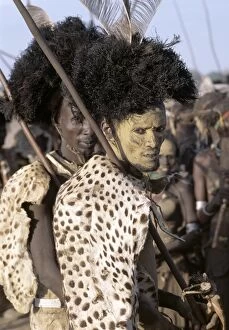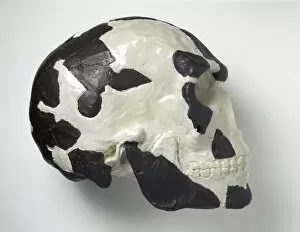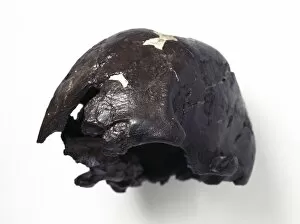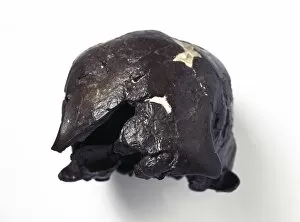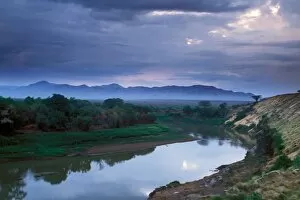Omo River Collection
The Omo River, flowing through the mesmerizing landscapes of the Omo Valley in Ethiopia, is a haven for cultural diversity and natural wonders
All Professionally Made to Order for Quick Shipping
The Omo River, flowing through the mesmerizing landscapes of the Omo Valley in Ethiopia, is a haven for cultural diversity and natural wonders. As you stand by its banks, you'll witness a captivating sight - cattle grazing peacefully under the warm African sun, creating a harmonious connection between man and beast. Venturing deeper into this enchanting region, you'll encounter the Hamar women adorned with vibrant beads and intricate hairstyles that tell stories of tradition and beauty. Their gracefulness echoes through time as they carry on ancient customs passed down from generation to generation. In contrast, fierce Karo warriors proudly display their strength along the river's edge in Kenya's Lake Turkana Basin. With their striking body paint and elaborate headdresses, they embody both power and elegance as guardians of their ancestral lands. Further north lies Eliye Springs on Lake Turkana's west shore - a tranquil oasis amidst rugged terrains. Here, in this remote corner of East Africa's Kenya, one can immerse themselves in the rich heritage of Turkana Land while marveling at breathtaking sunsets over shimmering waters. Journeying back to Ethiopia's South Omo region near Turmi town reveals an intriguing blend of cultures. Nyangatom girls don contrasting leather aprons or skirts that symbolize individuality within community bonds. Meanwhile, wise elders rest with heads held high - keepers of wisdom who have witnessed countless seasons pass by along the riverbanks. Amongst these diverse tribes are Mursi women wearing large clay lip plates that serve as symbols of beauty and identity. These bold adornments reflect their resilience amidst changing times while preserving age-old traditions etched deep within their souls. Witnessing two Mursi men engaging in playful competition with singular hairstyles showcases not only their creativity but also highlights how joy transcends language barriers across cultures united by shared experiences along the Omo River. As day turns to dusk, Nyangatom men gracefully decorate their faces and bodies with stylized paint, transforming into living works of art.

